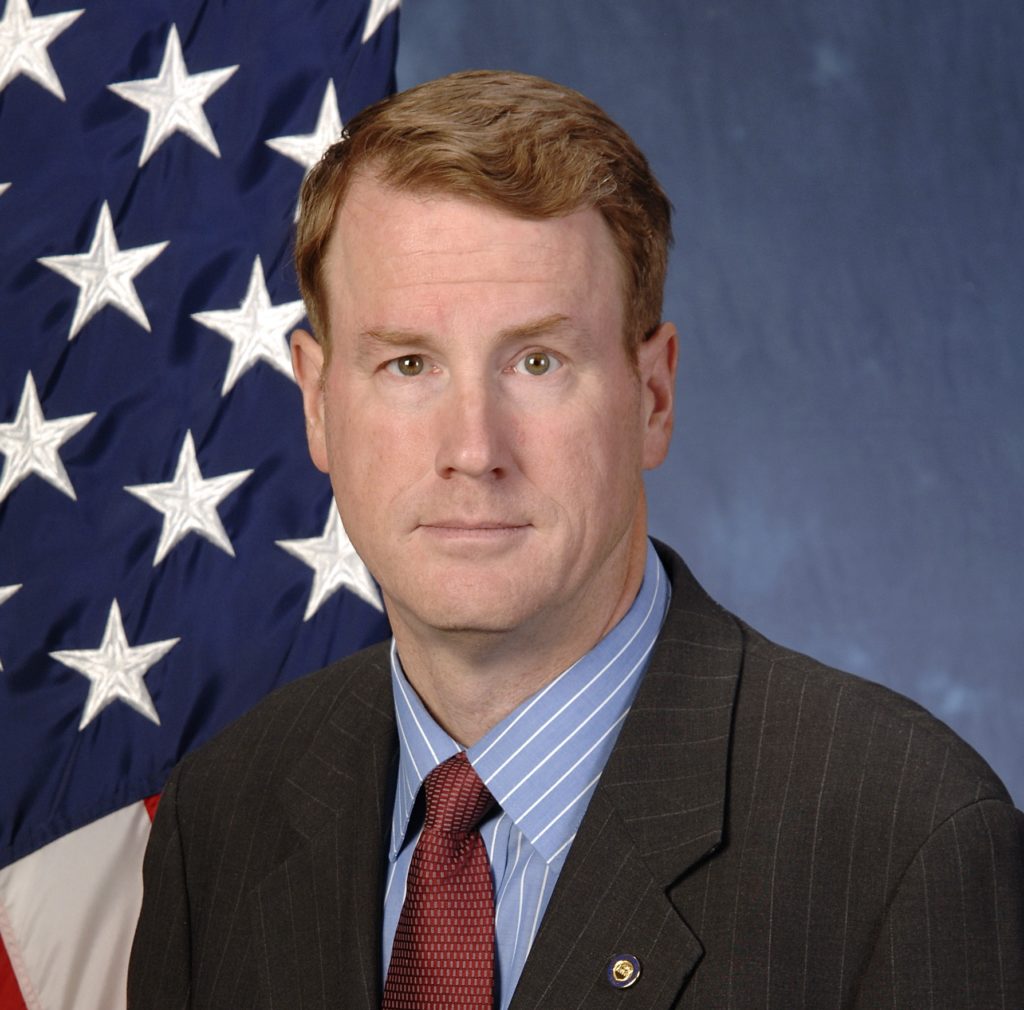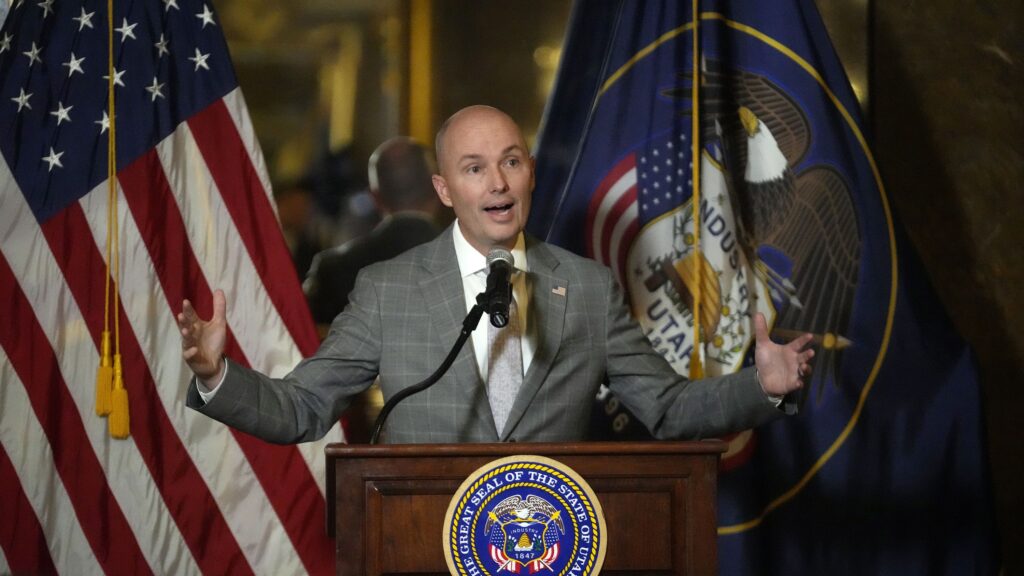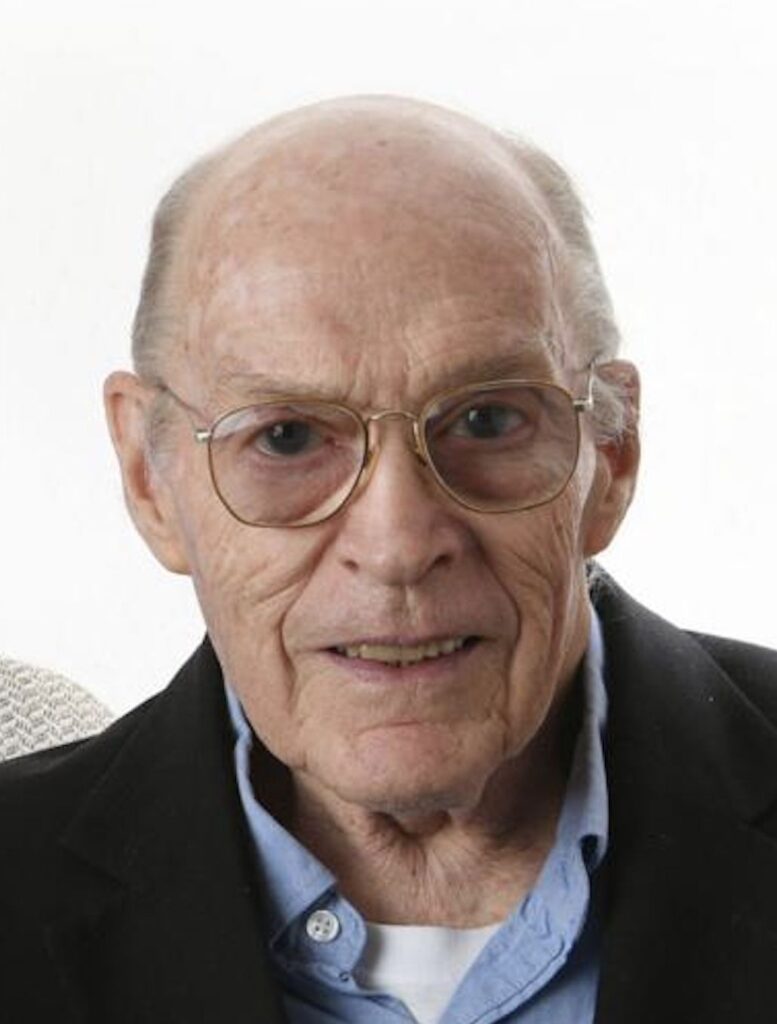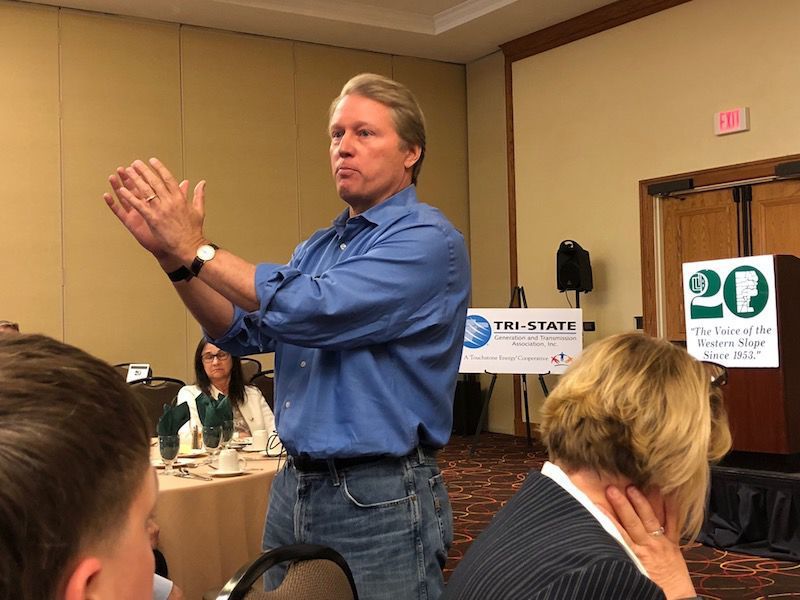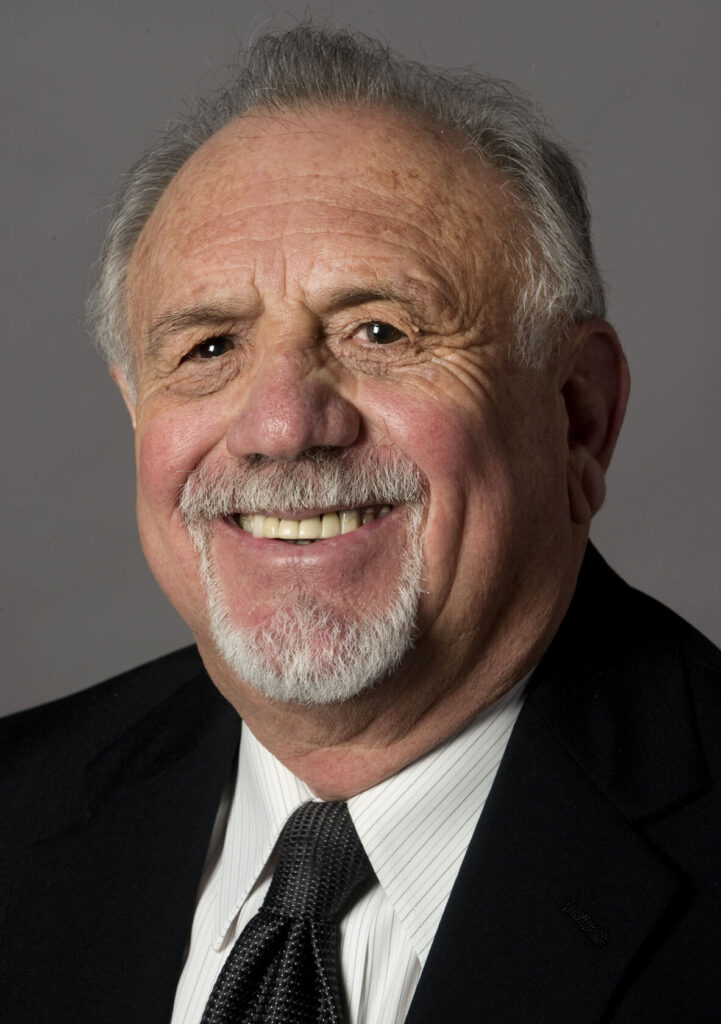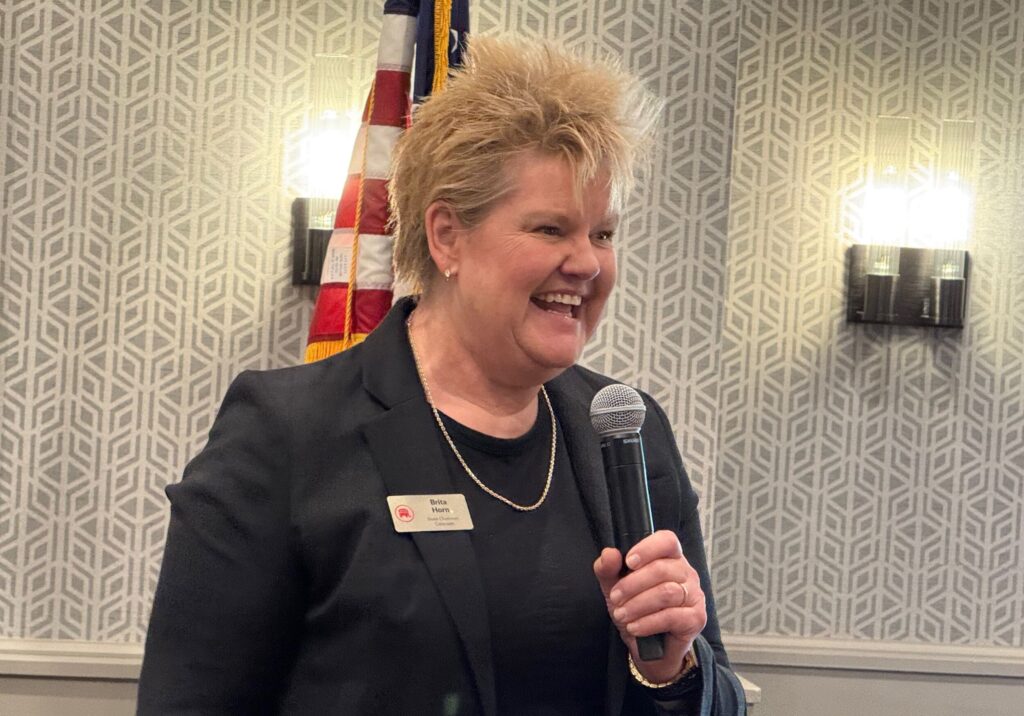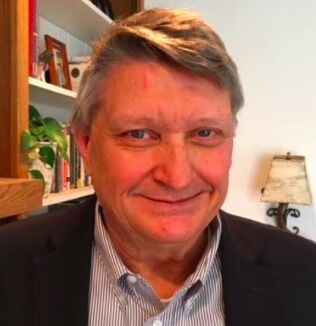Federico Peña and the ‘great city’ he ‘imagined’ 40 years later | SONDERMANN
Those of more recent vintage in these parts may well know Federico Peña as the namesake of the often-congested boulevard they travel to and from Denver International Airport.
Though for those of us who have been around here a bit, we know Peña as the swashbuckling, young state legislator who took Denver by storm in 1983 to be elected mayor in perhaps the most dramatic changing of the guard City Hall has seen.
As mayor, Peña envisioned and put in motion a good number of the landmark projects that define Denver to this day. That list includes the airport out on what was then the distant plains.
40 years later, actually 41 for those who like their math to be precise, I thought it time to catch-up with the former mayor who urged Denverites to “Imagine a Great City” and get his take on that city in the current moment.
(Full disclosure: Early in my career, I served as media consultant to Peña’s 1983 campaign. The slogan line for which that campaign became famous was coined by the late Sandy Widener.)
First, a bit of table-setting by way of context. Denver four decades back was a very different, far sleepier place. Mayor Bill McNichols and his tired band had reigned over the city for a full 15 years.
Latinos at that time made up 18% of Denver’s population but a mere 8% of registered voters.
Onto that campaign stage strode a daring, engaging figure in Peña, barely 36 years old and not all that long removed from the Texas border town of Brownsville where he grew up.
At the start, he was an afterthought in a field of political heavyweights that included the 73-year-old incumbent mayor; the longtime district attorney and two-time McNichols challenger, Dale Tooley; civic leader and state cabinet official Monte Pascoe; and a then-young force by the name of Wellington Webb.
McNichols had overstayed his welcome, Pascoe never gained traction and it was not yet Webb’s time. Peña and Tooley advanced to the runoff election which the upstart won convincingly.
Tooley, an admirable man, had the bad timing to twice before running for mayor as an agent of change when the city wanted stability only to then represent constancy when Denver was finally ready for change.
At the time, many hailed Peña’s election as an ethnic awakening for the city. It was that, but far more it represented a generational changeover and coming of age.
Now age 77 and with fewer gray hairs than he has earned, Peña remains an upbeat, optimistic presence. He has always been a glass-half-full kind of guy.
Forty one years after being elected mayor and 33 years after leaving that office, Peña looks at Denver as a city that “surpassed my expectations.”
He ticks off what Denver has going for it. “The economy is now far more diversified. Neighborhoods, by and large, are still in good shape. Same for our parks. The airport has become much more than even I anticipated.”
On that latter piece, he remarks on how we still see Denver International Airport as new and shiny, but that all these years later it has become “actually an old airport.”
Coming up on its 30th anniversary next February, DIA was very much Peña’s brainstorm and vision. He conceived of it; negotiated the tedious details with Adams County for the land; and secured voter approval for it in the face of potent opposition.
We now take DIA for granted. But in those days, it was anything but a given. Air travel flew in and out of the old, limited, largely landlocked Stapleton airport. To accommodate passenger growth, the assumed option was to expand Stapleton to the north onto Rocky Mountain Arsenal land, chemical contamination and all.
Peña challenged that assumption with his own exceedingly bold idea. The rest, as they say, is history.
He further points with rightful pride to the huge success of the redevelopment of the old Stapleton airport site into what is now a thriving community. Even if it has been unimaginatively rebranded as Central Park – my observation, not the former mayor’s.
In his eight years at Denver’s helm, Peña further inspired and led the building of the Colorado Convention Center and the Cherry Creek Mall. It is hard to picture current-day Denver without both.
Reflecting on what Denver has become, Peña moves beyond physical amenities. He notes the growing diversity and that “the fabric of the city remains intact with added richness.”
All that said, Peña’s assessment of Denver is not entirely peaches and cream. He talks of how some neighborhoods have lost elements of their charm and authenticity. In particular, he mentions the Highlands in this vein.
He acknowledges the problems downtown and the ongoing challenge of getting the police force up to full capacity. While observing, correctly, that “cities that don’t grow, die,” Peña comments on Denver’s inadequate response to growing traffic gridlock and the risk of further bottlenecks.
His sharpest criticism is reserved for Denver Public Schools to which he assigns a failing grade. He fears that the school system is shortchanging a whole generation of minority students who are emerging without competitive skills. Peña is not reticent in calling for “new leadership with vision.”
Peña’s political career hardly ended when he exited the mayor’s office in 1991. He went on to lead two Cabinet departments for President Bill Clinton, first as Secretary of Transportation and later as Secretary of Energy.
Despite his high-level roles in the Clinton administration, Peña was an early endorser of Barack Obama in his nomination contest against Hillary Clinton and went on to serve as Obama’s national campaign co-chair.
He supported Mike Johnston’s run for mayor a year ago and is an informal advisor to Denver’s new executive. Johnston would be well served to heed Peña’s counsel, not only for his experience but also for his bold instincts.
Under that heading of fresh and audacious, Peña told of his visits over the years to Amsterdam, Copenhagen and Barcelona and his insight as to what those three vibrant, world-class downtowns had in common. That being a central pedestrian mall free of bus traffic.
Peña has little use for those who fall back on the tired default of we’ve-always-done-it-this-way. His vision, decades later, is that Denver might adopt such an enlightened approach for the 16th Street Mall, leaving the buses to traverse up and down nearby streets to either side.
That, my friends, is the lifelong gift of imagination.
Eric Sondermann is a Colorado-based independent political commentator. He writes regularly for ColoradoPolitics and the Gazette newspapers. Reach him at EWS@EricSondermann.com; follow him at @EricSondermann


